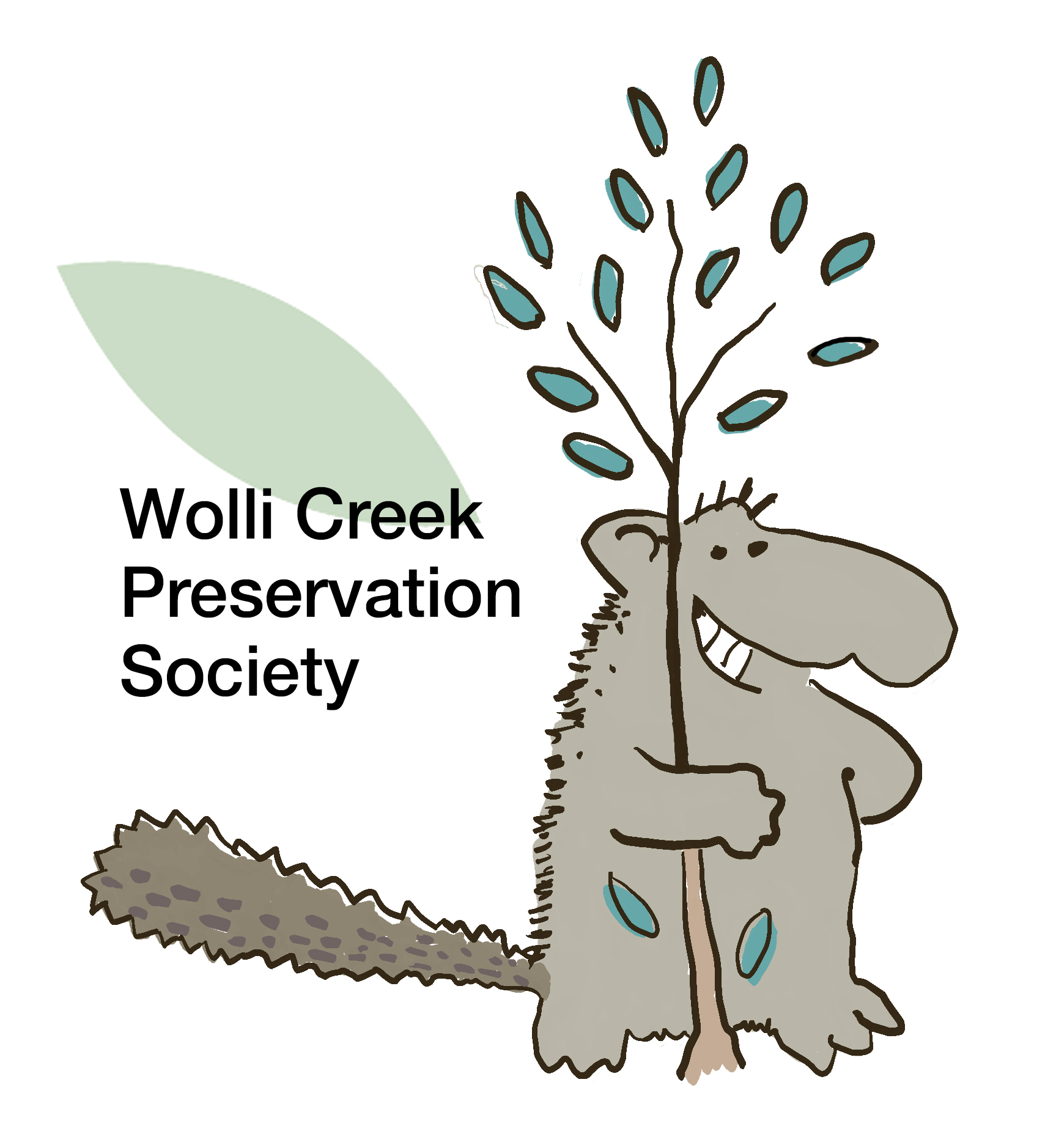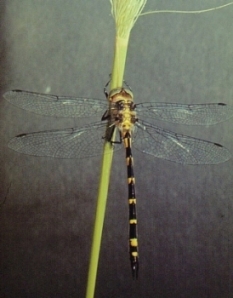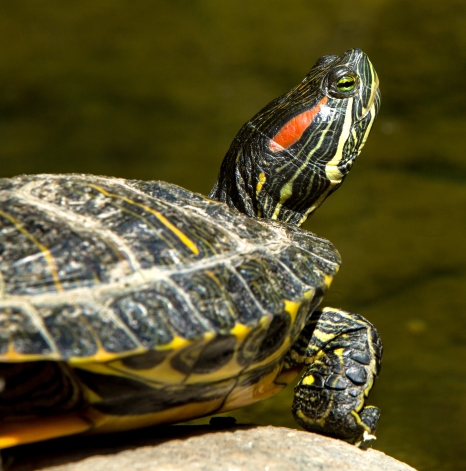Aquatic life
OVERVIEW
The main waterway of the Wolli Creek Valley is Wolli Creek itself, with freshwater occurring upstream above the fishway at Turrella Reserve and brackish and salt water downstream, below the fishway. Additionally, there are side streams that carry flows of rain water down to Wolli Creek, and in places along their length detain and retain some of this water in pools, soaks and wetlands. These streams flow down from the Earlwood ridge to the north, and the Bardwell Park ridge to the south. They can be hard to recognise these days, as they have been subsumed within an engineered stormwater system in their upper reaches.
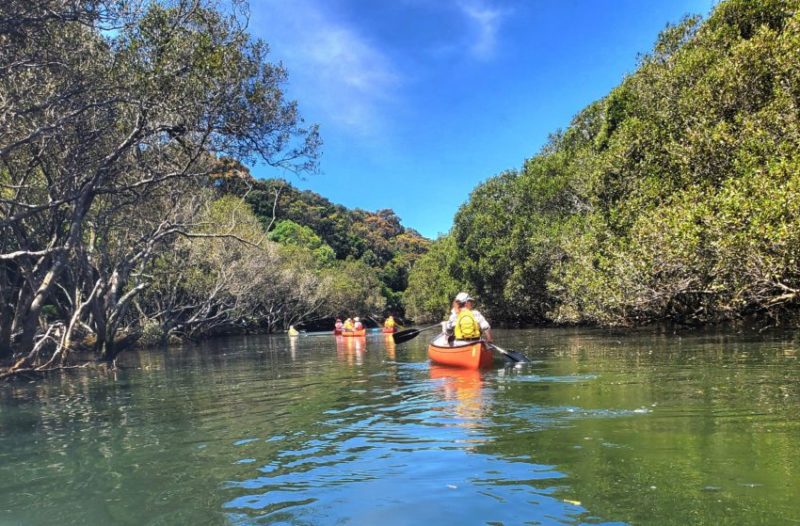
AQUATIC FAUNA - FISH
When people think about aquatic animal life they may think firstly of fish, animals which spend their whole life in water. Wolli creek provides feeding, spawning and nursery sites for several species of fish in both its fresh water and salt water/brackish reaches.
Fish migration
Some aquatic species, including many native fish migrate between fresh and salt water to complete their life cycle. Some native fish species are spawned in marine habitats and migrate to freshwater areas for the majority of their adult life, but return to marine environments to reproduce. Other species are spawned in freshwater habitats, spend their juvenile lives in freshwater, and then migrate to marine environments for their adult life. These species migrate back (upstream) to the freshwater environment to reproduce. And there are other species that are either spawned in fresh, brackish or marine waters and move between water types after hatching for reasons other than reproduction, or, complete their life cycle wholly in freshwater.
Turrella Reserve weir
The former weir at Turrella Reserve was a barrier to such interesting (and rather complicated) fish movement (or passage). The fishway (sometimes also called a ‘fish ladder’) was constructed in early 2009 to replace the old weir across the creek. See NSW DPI Bringing Back the Fish Project (pdf) for more information about barriers to fish movement and solutions, including details about the Wolli creek fishway project.
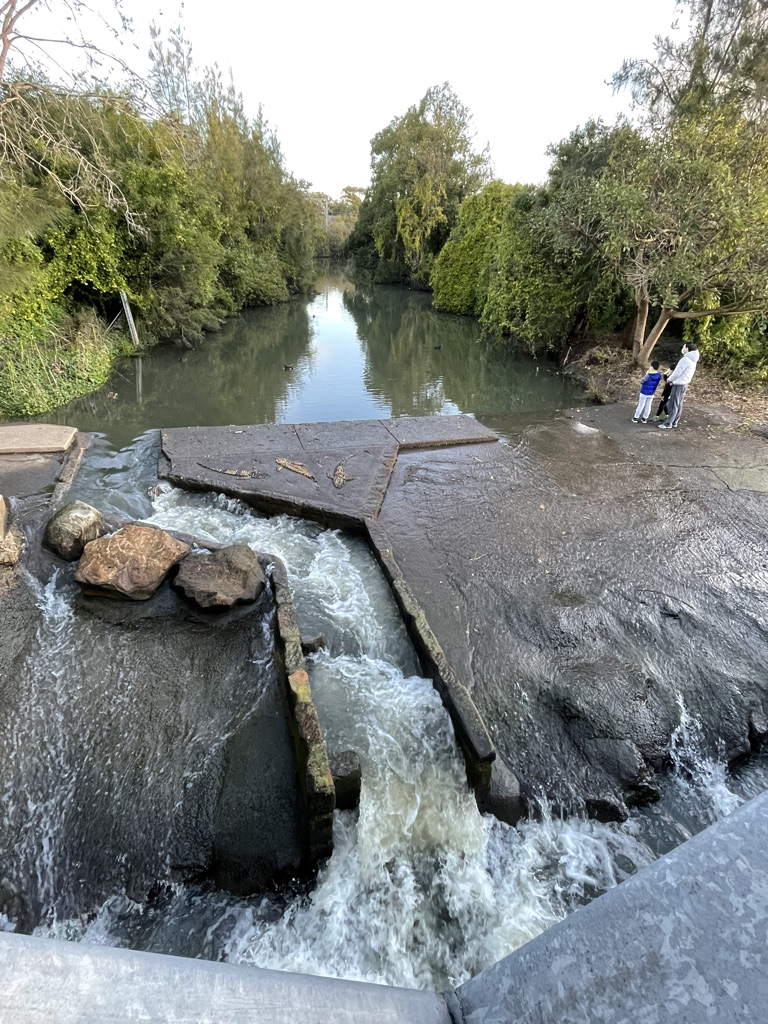
See a 2009 video of small native fish using the Wolli creek fishway to travel upstream.
The installation of the fishway has also enabled some water birds, such as White-faced Herons and Egrets to focus their feeding activity from time to time at the top of the fishway. It’s not uncommon to see such birds standing stock – still, intently watching, then pouncing on small fish or other aquatic life using the fishway. Not quite as dramatic as Grizzly Bears catching Salmon!
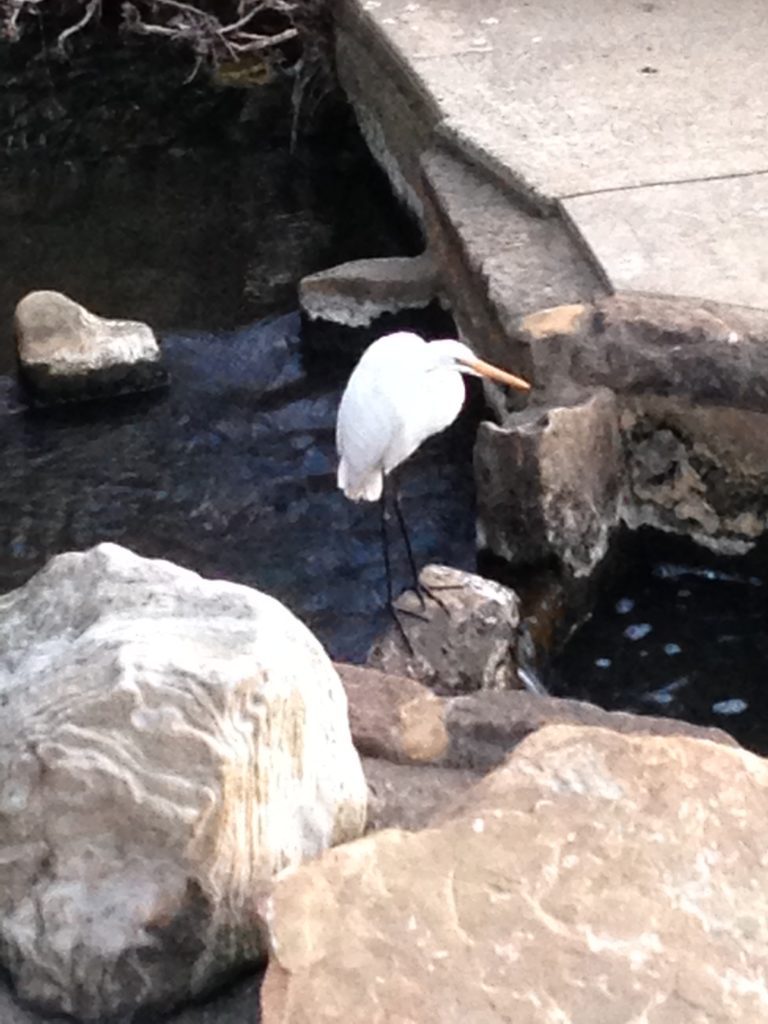
Fish species recorded
A number of fish species have been recorded from both the fresh and brackish/salt water parts of Wolli Creek in the vicinity of Turrella Reserve.
In November 2007 the then Canterbury Council, along with the NSW Department of Primary Industry undertook baseline sampling surveys of the fish life above and below the weir prior to its removal. Canterbury Council staff also subsequently sampled above and below the replacement fishway over 3 days in October 2009. In February 2022, the Australian and New Guinea Fishes Association (ANGFA) also surveyed the creek above and below the fishway. For a list of the fish species found in these various surveys, see Fish species recorded from sampling in Wolli Creek (pdf). More about the pest species Gambusia holbrooki (Plague Minnow/Mosquito fish) included in this list can be found under Pest Species.
More information
Australian Museum: see fishes and freshwater habitats
Dept of Primary Industry: rehabilitating habitats
Native Fish Australia (website) and Native Fish Australia (facebook group)
Queensland Govt: Wetland Info
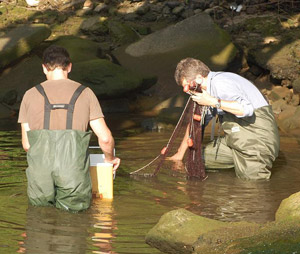
OTHER AQUATIC FAUNA
Benthic animals
Benthic animals are those that live at depth in a stream, creek, lake, bay, ocean etc. They live at the bottom of the water body, or in the sediment. There are many species of benthic animals. They are mostly invertebrates, ranging in size from microscopic (microinvertebrates), to those that are centimetres in length (macroinvertebrates). The nature of benthic invertebrates present in a water body can be used as an indicator of changes in the environmental conditions and ecological health of a water body. Common examples include worms, molluscs (snails, mussels, oysters, cockles, whelks, pipis) crustaceans (crabs, prawns, shrimp), and they may be in salt/estuarine or fresh water. Similarly, benthic diatoms (microscopic algae), while neither an animal, nor a plant (algae are classed as protists), are used world-wide for water quality assessment. Being highly responsive (sensitive) to changes in environmental conditions and changes in community composition, they can also be used to assess the ecological health of waterways.
Aquatic insects
Aquatic insects live some portion of their life in water, and have a variety of morphological adaptations for aquatic life. Examples include Dragonflies, Caddisflies, Mayflies, and various diving beetles and bugs. Also examples of macroinvertebrates, some of are more sensitive to changing environmental conditions (eg pollution) than others, so can be good indicators of the ecological health of a water body.
See Waterwatch resources page for more.
WCPS would like to know more about the aquatic fauna of Wolli creek in both its fresh and brackish/salt water sections. While there is historical evidence of molluscs (cockles, whelks, mud oysters) in the estuarine section of Wolli creek, particularly in identified midden remnants in the creeks lower reaches, the current state of play with these and other species isn’t documented (although mud oysters are now extinct). If you are a researcher, student, and/or have a background in water quality management we would welcome your input into this area of the Valley’s biodiversity and ecological health.
Other fauna which rely on waterways
There are a number of native reptile species and amphibians that are associated with the side streams, wetlands and creek; either living in the water for much of their life, or relying on its proximity for their survival – for feeding, breeding and escaping predators. These include the freshwater eastern-long-neck turtle, water skink, water dragon, some snake species and frogs. See Reptiles and Amphibians for more information about these native species, and Pest species for those that are introduced pest species. Water quality is also important for them. And it’s no less important for a mammal species such as the Grey-headed Flying-fox, as they dip into water courses to drink and cool off prior to heading out to feed in the evenings. Water birds and land-based birds also benefit from clean, unpolluted water.
AQUATIC FLORA - WATER PLANTS
These are plants that grow in water, in swampy (wetland areas) and areas periodically inundated by water. They can be grouped or categorised by habitat and growth form, (eg free floating, submerged, emergent, tree or shrub), whether they grow predominantly in fresh or salt/brackish water, and in still, or degrees of flowing water. In the saline/brackish wetlands Juncus krausii (Sea rush) can dominate. Grey Mangroves (Avicennia marina) and River Mangroves (Aegiceras corniculatum) line the tidal parts of Wolli creek and are periodically inundated. Saltmarsh species, also periodically inundated, occur on higher ground, landward of the Mangroves. Common saltmarsh species include Samphire (Sarcocornia quinqueflora and Seablite (Suaeda australis). Remnant saltmarsh occurs in areas along Wolli creek below Jackson Place. In 2010 NPWS established – constructed – an area of saltmarsh to the east of Turrella Creek in Turrella Reserve. Saltmarsh in the Sydney Basin region is listed as an Endangered Ecological Community.
Some of the more common native plants of the freshwater swampy/wetland areas, including areas that are periodically inundated include:
Emergents and ground covers:
- Carex fascicularis – Tassel sedge
- Persicaria decipiens – Slender knotweed
- Juncus usitatus – Common rush
- Alternanthera denticulata – lesser Joyweed
- Typha orientatils – Cumbungi/Bulrush
- Phragmites australis – Common reed
Trees such as Melaleuca linariifolia (Snow in Summer) and Eucalyptus robusta (Swamp Mahogany). Casuarina glauca (Swamp Oak) can be found in both brackish and fresh water areas, and shrubs such as Melaleuca ericifolia – Swamp melaleuca.
PEST OR INVASIVE AQUATIC FAUNA AND FLORA
For more information about aquatic pest fauna see pest species Pest Species.
Weeds of water and wetlands
Unfortunately there are a number of aquatic and wetland weed species also present in the Wolli Creek Valley. In the creek’s freshwater reaches, Alligator weed (Alternanthera philoxerioides) and Parrots feather (Myriophyllum aquaticum) are two major floating weeds. Alligator weed can also establish itself on creek banks, in wetlands and on dryland areas that are periodically flooded, and even in areas with a degree of salinity. It’s a declared noxious weed across Australia, and Canterbury-Bankstown Council regularly engages contractors to treat outbreaks of Alligator weed in Wolli creek itself. In wetlands, Water Primrose (Ludwigia peruvianum) is a problematic weed. And along creek banks, and edges of wetlands, the Weeping Willow (Salix babylonica) is a major tree weed. The Willows may well owe their existence along Wolli creek to Alexander Brodie Sparke (Tempe House commissioner and owner) based on information in his diary. Willows can be seen in this photo from 1984. They have been removed from areas along the valley as part of bush regeneration work, but many still remain.
More information
National Herbarium of NSW: NSW Flora Online (PlantNET)
NSW Department of Primary Industry: illegal water plants (pdf)
Sydney Weeds Network: water weeds
Waterplants in Australia: A Field Guide (4th Edition; CSIRO publishing) G.R. Sainty and S.W.L Jacobs.
